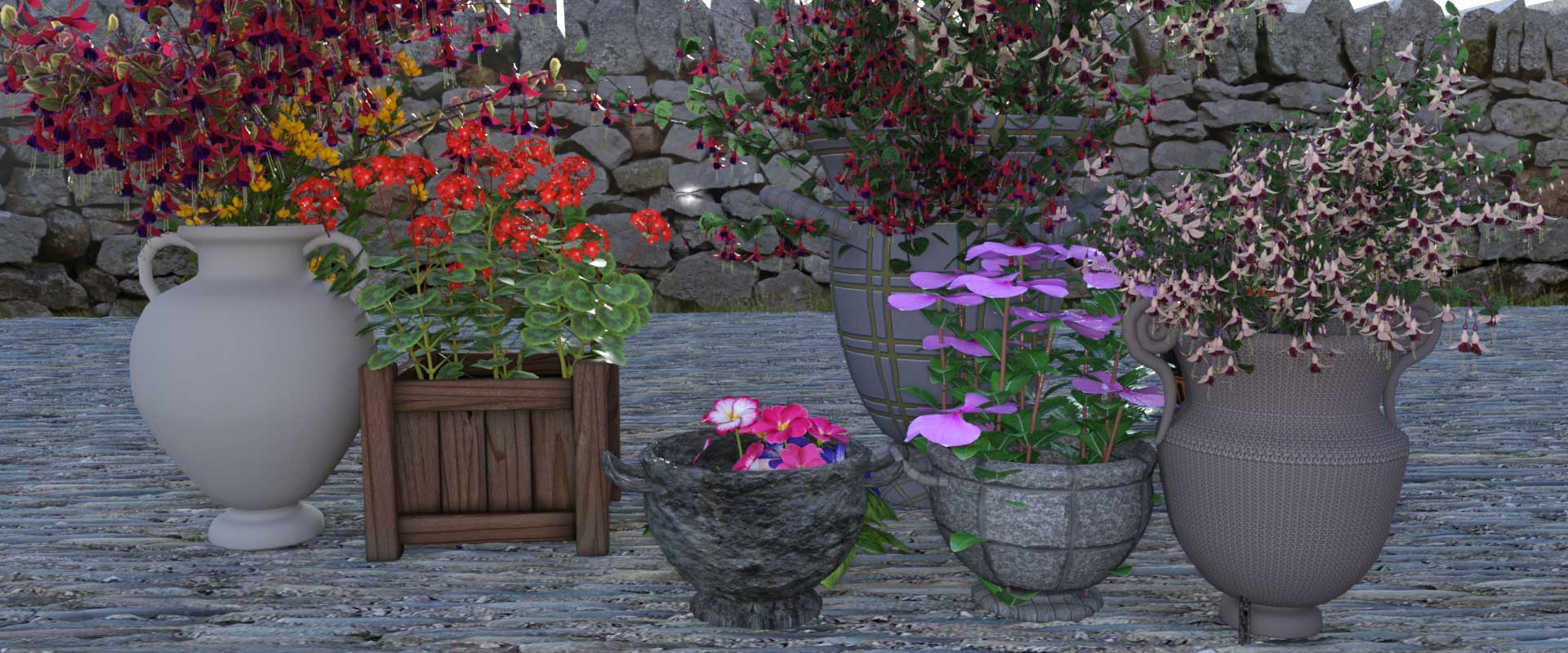

If you have any plants in a pot, in most cases rain is not a sufficient water source as plants are designed by the use of their leaves to spread rain outward to the drip line where, when planted in open ground, the feeder roots are, so when planted in pots the water is shed beyond the pot.
Watering is always a problem for beginners. The first thing is not to switch from one compost to another, learn how to water and grow in one type only, and when you have mastered this you can try others to see if you can improve your technique. You should always nearly let the plant dry out and then water well with quarter strength feed every time you water as long as it is not more than once a day. Plain water only for second drink of the day. Observe how your plant looks, knock off pot and inspect root ball. If your plant needs watering do so and a little later check root ball to see if it had been thoroughly soaked. You will gradually build up an instinct for what and how much water is needed. If after watering the plant is still limp it could be for one of two reasons: Too much fertiliser or the feeder roots are damaged by over watering or heat damage through thin sided pots.
Finding little beetles amongst your plants? Be as precise as possible with your measurements when using a formula such as Bio Provado, the box gives the capacity of pots in litres and how much Bio Provado, 2.8gm per litre, to use in solution in millilitres. Don't be too impatient as it takes one to two weeks to work and if it was adult vine weevils that is your problem, then perhaps they were coming from non treated pots.
To find more out about the vine weevil, go to the www.vine.weevil.org.uk/ site, which will give you plenty of information. If you use a compost called "Intercept" or add Bio Provado to your compost making sure that you follow the instructions closely you should have little trouble from Vine Weevils, Whitefly and Aphids.
On the subject of White Fly, prevention is better than cure. Do not put newly purchased plants in with your own as they may be carrying eggs or crawlers of several pests. It is often said that we are responsible for carrying pest through the greenhouse door.
The first attack is with finger and thumb; see one, squash one, and prevent a hundred and one. Next step is to buy the sticky yellow traps. Cut them across in about 25mm strips and push them in between the over lap of the glass especially above the affected plants.
Whitefly are attracted to yellow, the blue types are for thrips.
Unfortunately these types trap friend and foe alike. If the whitefly problem gets out of hand spray with Sybol every three or four days for twelve days. This way you will get inside the egg laying cycle.
The sprays that are available will not kill adults or eggs but one of the pupae integers is very susceptible to chemicals. Mix and use insecticides the same day and the temperature needs to be approximately 16 C to be effective.
If there is no reduction perhaps your invasion has built up a tolerance to the active ingredient. Change to a different product making sure that it is not the same chemical. Repeat action and when level of whitefly is reduced spray using a systemic type spray. Do not add anything to the chemicals other than water, if washing up liquid or any other product was of value the label would say so or the company would sell it as an additive.
Follow the instructions on the label carefully as there is no advantage in spraying a weaker or stronger dilution unless stated.
Whilst dealing with fuchsia "pests" please do not destroy Elephant Hawk Moth caterpillars which are basically a brown colour with false eyes. A full grown caterpillar is about the size of your little finger. Their favourite foods are willowherb, bedstraw, enchanters nightshade, balsam and fuchsias but surely you can find it in your heart to remove them to another fuchsia or plant listed and not drop them into bleach like some fuchsia lovers do! The caterpillar turns into a beautiful pink and green moth so hopefully you can be charitable towards them!
To recommend one compost above others is difficult as they are not all readily available in all parts of the country. Remember that you only get what you pay for. Cheap composts generally contain less fertilizers and are made from inferior peat.
If you only need a small quantity buy a good quality grow bag manufactured by a well known company.
If your plants are troubled by vine weevil grubs look for the compost with "Intercept" added or buy Bio Provado and add it yourself. Only use composts containing this for plants that are vulnerable to the grub. All fuchsias, begonias, primulas, cyclamen are the main contenders but others are affected.
Stick to one compost and you will master the growing technique, switching from one thing to another is generally the beginner's downfall after their first season.
Have an enquiry?
Copyright © Danny Clast Designs 2021